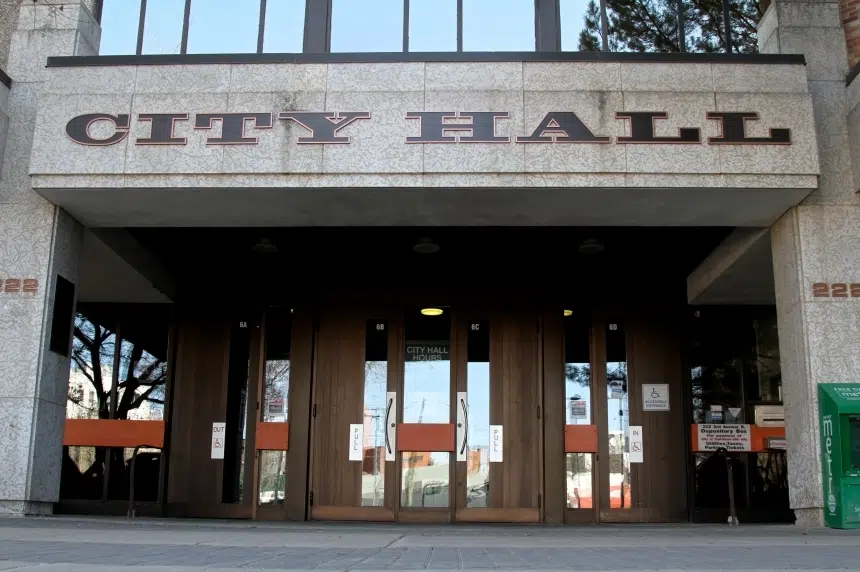The City of Saskatoon is laying out an “ambitious” plan to drastically cut carbon emissions by the year 2050, which would cost the city nearly $19 billion over the next three decades.
The Low Emissions Community (LEC) Plan outlines a 30-year path to slashing emissions by 80 per cent, a goal set by mayors around the world in 2015, including Saskatoon’s then-mayor Don Atchison.
It includes 40 action items, ranging from changes already in the works to long-term dramatic changes to how buildings are constructed in the Bridge City.
Some of those longer term options include mandating solar panels on all new buildings in the city, and the possibility of implementing a cap on heating and electric energy used by each home and business.
“It’s an ambitious plan. It really touches almost everything that we do,” said Jeanna South, director of sustainability with the city.
“It’s starting to re-evaluate how we move around the city, how do we use our energy? Those are things that really rely on us operating in a different way in the long term.”
The 40 items are divided into four phases: three phase-one projects that are already in planning, 21 in phase two planned for implementation in the next four years, seven in a third phase planned for action in five to eight years and a further nine projects in a fourth phase classified as “12+ years” away.
The ideas include actions that can be taken within the city’s corporation to reduce carbon dioxide emissions, energy retrofits and upgrading appliances in municipal buildings. They also involve changes to the larger Saskatoon community, such as incentivizing electric vehicle use and requiring homes to improve energy efficiency.
Each action item is associated with an estimate for how much it would reduce the city’s carbon footprint. For example, city staff estimate an electric and thermal energy cap for new homes and businesses could knock off a combined 7.79 million tonnes of carbon emissions.
South emphasized each idea would be approved by city council on a case-by-case basis, similar to the process involving the city’s active transportation master plan — which includes bus rapid transit, bike paths and sidewalks.
“It doesn’t mean that we tackle everything tomorrow,” she said.
The master plan for reducing carbon emissions doesn’t come cheap though. According to the report, the LEC Plan would require a massive investment of $18.97 billion.
However, the authors also estimate the costs would be offset by savings through reduced energy costs, carbon tax payments, and lower maintenance and repair costs over the years. Those estimated returns add up to $33.52 billion, according to city staff.
If every action item is implemented along the report’s recommended timelines, it’s estimated the city would reduced its emissions from 3.85 million tonnes of carbon emitted in 2014 to 780,000 tonnes in 2050.
— With files from 650 CKOM’s Brent Bosker











